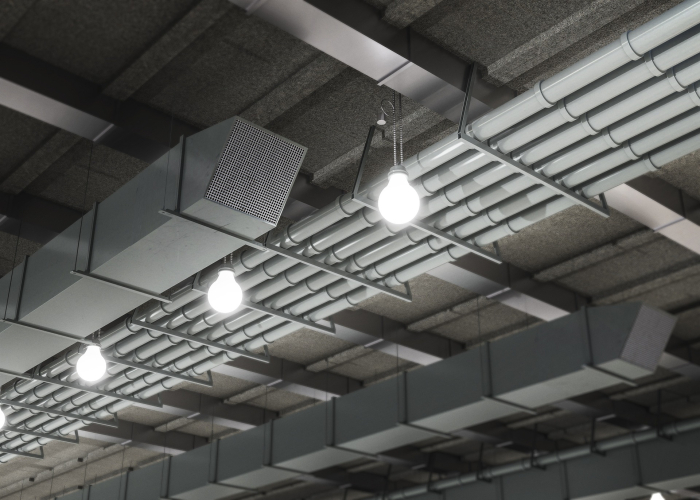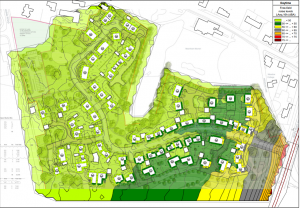Our client in the Defence industry approached Finch for help with understanding noise levels from a dedicated local exhaust ventilation (LEV) system after it was installed at our client’s facilities. There were concerns that the system could potentially mask warning and information sounds in the working area and interfere with communication.
Project Summary
Challenge:
The client had decided to install the LEV system to protect employees from harmful levels of wood dust.
Our client had some initial suggestions (by others) on how to reduce the noise levels in the workspace, then decided to appoint Finch Consulting’s specialist acoustic consultants to review the issue holistically and provide recommendations for future action.
Our review showed that the noise emitted by the LEV system could be reduced by modifications to its design, and therefore we drew attention to the Supply of Machinery (Safety) Regulations 2008. On the basis that an LEV system is within the scope of the Supply of Machinery (Safety) Regulations 2008, we recommended contacting the manufacturer/supplier to discuss whether EHSR 1.5.8 on lowest noise design had been met, and the applicability of design modifications that we discussed in assessment of the issue.
Solution:
Clearly, any proposed mitigation measures could not compromise the extracted airflow capacity of the system. Following a forensic engineering investigation which comprised sound pressure level measurements undertaken in situ under various conditions and a desktop assessment using manufacturer-published information in relation to the sound power level of the extract fan, it was found that airflow-generated noise at specific hoods was the dominant source of noise in the space, rather than fan noise. As such a series of likely mitigation measures were put forward in order of significance as well as a series of recursive mitigation measures to take into consideration various unknowns.
Outcome:
Finch Consulting’s expertise allowed the end user to gain a greater understanding in relation to applicable legislation (i.e., Supply of Machinery (Safety) Regulations 2008, Control of Noise at Work Regulations 2005), to better understand the sources of noise (fan vs airflow generated) and the most appropriate hierarchy of mitigation measures in order for it to devise a strategy for future actions from a more informed position compared to before our involvement.




